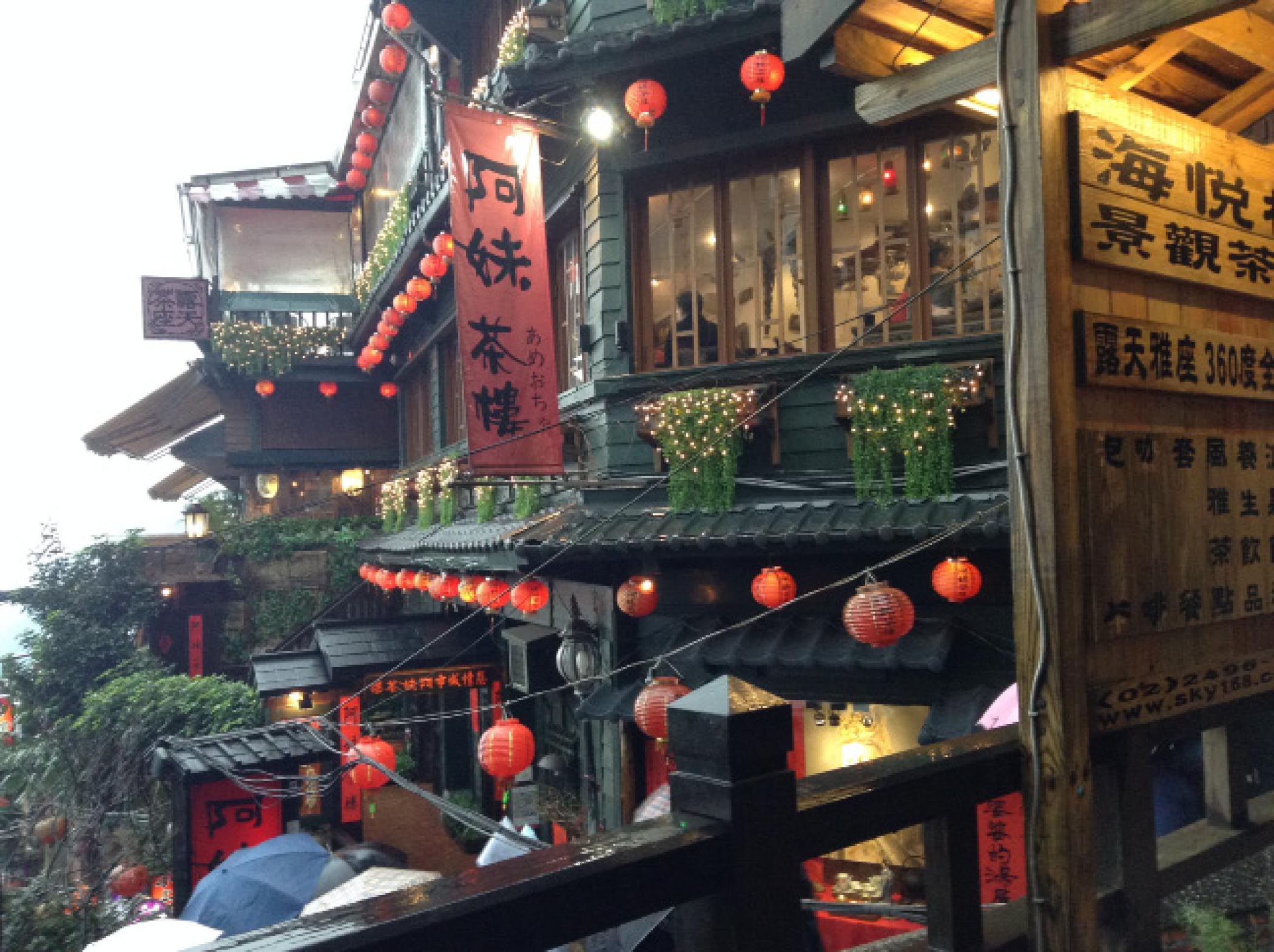Taipei 101 may be Taiwan’s top tourist draw, but if one ventures away from the commercial and tourist districts, there is much more to discover.
There are many “old streets” which give one the feeling of stepping into the past, with preserved and restored old houses and store fronts with traditional offerings.
Daxi old street (大溪老街) in Taoyuan (桃園) is one of these popular attractions. The century-old street used to be the main business center of the area that has been repurposed for tourism.
The government has preserved the street and the façades of its buildings and have even trained locals to be tour guides.
As you roam around the old street, take time to notice architectural details and designs that adorned the storefronts – many are decorated with lucky symbols such as phoenix, dragons and other lucky animals and creatures. There are wishes for a strong line of heirs to the business, wealth for the owners and good health. Vases motifs on the façades are common as they stand for safety, and flowers, ginko trees and bamboo all hold special meanings as well.
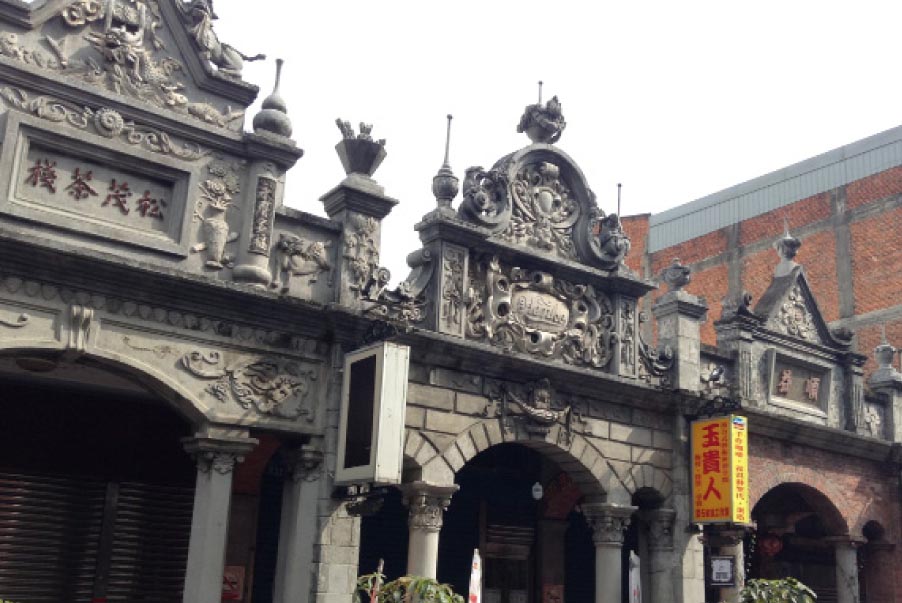
Many of the stores have been in the same families for generations, some up to the fifth generation. The stores are set up as they have traditionally been for ages – with the store in front, followed by the kitchen or factory, then the family’s living quarters in the back. Many of the families have since moved out, but still continue to run the store.
The Taoyuan old street is well-known for its wood furniture, crafts and carving, skills passed down through generations. There is a 100-year-old Chinese medicine shop where one can peruse shelves of Chinese herbs, exotic tinctures and ointments.
Jiufen (九份), about an hour or so out of Taipei, is an old mining settlement located in the sloping hills of north Taiwan. Its name literally means “nine portions” which goes back to the beginning of the village, where only nine families lived. As the story goes, each family would take turns going downhill to the nearest town to get food and supplies, each time buying nine portions of provisions for their household and their neighbors.
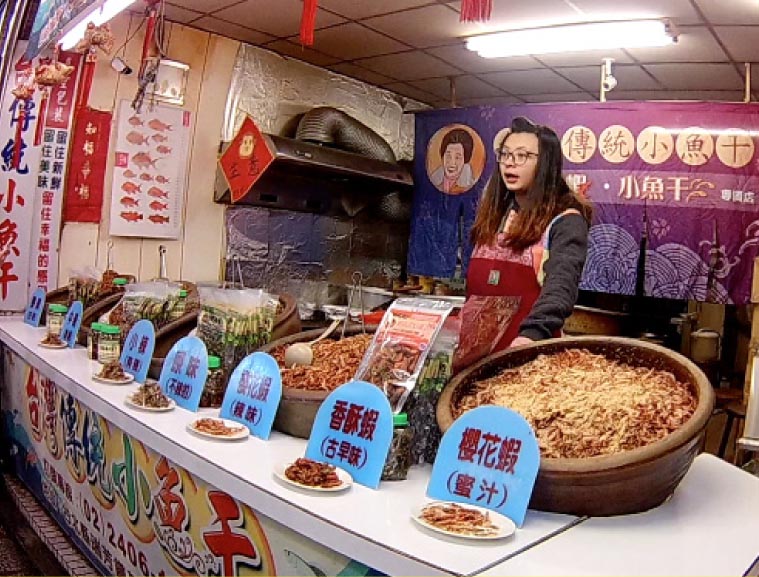
Jiufen’s old street is a narrow walkway that is usually filled with tourists. The most popular activity at this old street is sampling the myriad food offerings, from ginger tea to ice cream rolls, but there are also clothes and handmade leather craft, perfect for pasalubong.
An interesting find at Jiufen is merchandise from films by Japanese filmmaker Hayao Miyazaki. This is because at the end of Jiufen old street is the century-old A-Mei Tea House, a building strewn with red lanterns that inspired the setting of Miyazaki’s most popular film, “Spirited Away.” It is a must-visit for any film or anime fan, along with the Shengping Theater, the oldest theater in northern Taiwan, which was relocated at the end of Jiufen old street, on Jishan Road.
Another interesting tea shop in the Jiufen area is Siid Cha. Like many of the restaurants and cafes in Jiufen, Siid Cha is built into the side of a mountain, with a gorgeous view which you can enjoy from the veranda on the top floor.
A simple, plain building on the outside, the tea shop’s interior is minimalistic and cozy, with clean lines, simple wooden furniture and decorations made of test tubes filled with grains and beans – the main ingredients of their specialty, leicha.
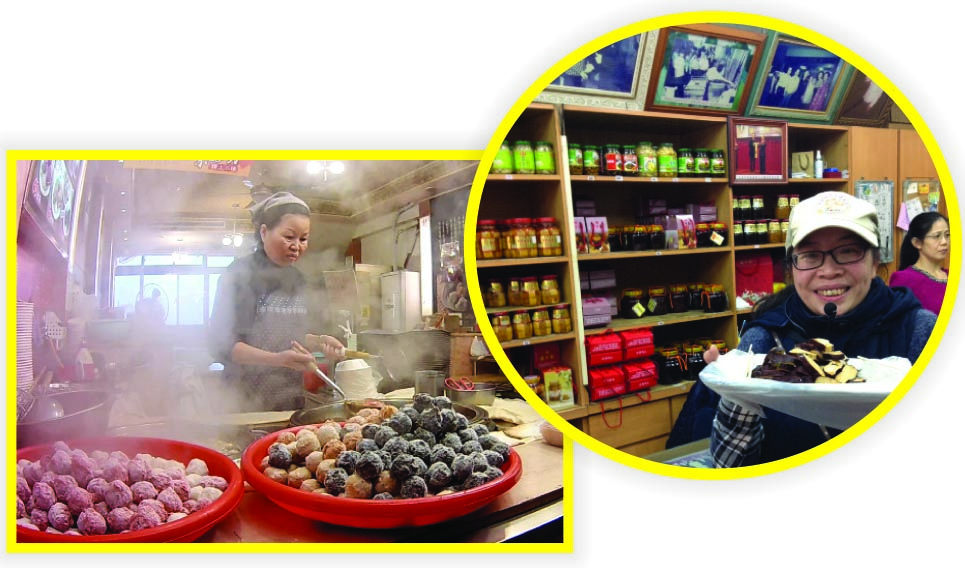
Meaning “tea powder” or “ground tea,” leicha is a traditional beverage of the Hakka indigenous people of Taiwan. Siid Cha’s version of the drink is especially authentic because its founders visited Hakka villages around Taiwan to create a blend of 20 kinds of nuts and grains.
At the shop – which also offers tea-based meals such as green tea chicken – a specialist shows guests how to grind the nuts and grains and add them to the tea powder to develop the complex layers of flavor. The shop swears by the Hakka saying, “Three bowls of leicha a day guarantees a long life.”
Finally, for a dose of culture, The National Center for Traditional Arts (國立傳統藝術中心) in Yilan County offers a taste of Taiwanese culture, with the feel of Taiwan’s old streets.
Start the tour with a brief stop at the temple of Wenchang, the Chinese muse of the academia. During exam season, students visit the temple to make wishes and offerings for academic success. Sechin the god of opera and Looban the god of crafts are also revered in the temple.
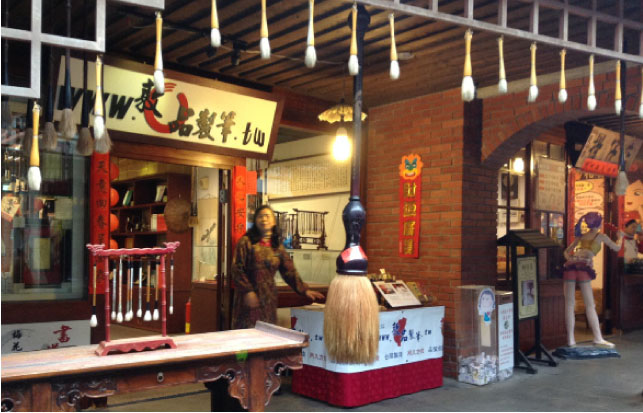
A major part of the property is the Education, Folk Art and Waterfront boulevards, all set up as stylized old streets.
At Education Boulevard, craftsmen give on-site demonstrations at their workshops and guests can try their hand at making their own Taiwanese crafts.
At Folk Art Boulevard, there are shops selling antique brushes, traditional Taiwanese delicacies and handicrafts, just like one would find at other old streets, but in a much more spacious area. Snacks can be enjoyed from vendors while enjoying the view on Waterfront Boulevard.
Don’t leave the center without catching a lively show of traditional theater, music and dance, enhanced by colorful costumes and props.
With the major developments all over Taiwan, it is heartening to know that the locals still value their culture and traditions. A walk down the various old streets is like stepping into another time, giving a glimpse, a whiff and a taste of Taiwanese tradition and history. — First published in Tulay Fortnightly, Chinese-Filipino Digest 29, no. 5 (August 9-22, 2016): 15-16.
